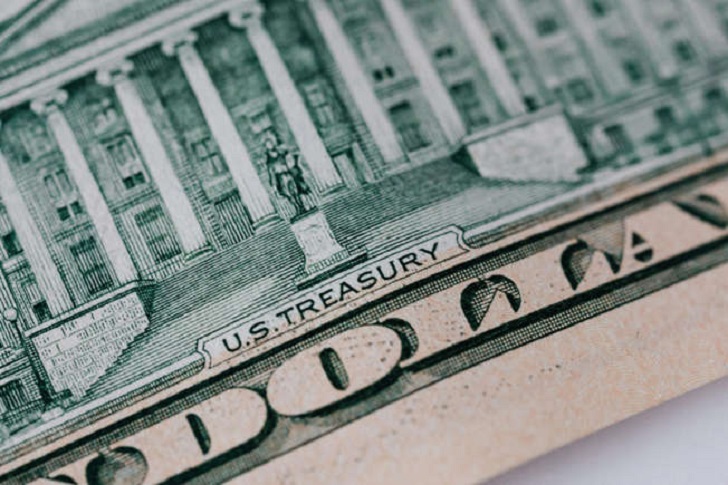A Callable CD gives financial institutions the right to redeem the CD before its maturity date. Banks and brokers often call these CDs to avoid paying higher rates as interest rates decline. This situation becomes increasingly common when the Federal Reserve cuts interest rates. With a recent rate-cutting cycle underway, many Callable CD holders may see their CDs redeemed sooner than expected. This move can disrupt savers’ plans, especially those relying on predictable returns.
What Happens When a Callable CD is Called?
When a Callable CD is redeemed, the investor receives the principal amount plus any accrued interest up to that point. However, this means missing out on potential interest earnings had the CD reached its full term. Understanding this trade-off is crucial for those who rely on CD income as part of their financial strategy. Because of this early redemption risk, callable CDs usually offer higher rates than traditional CDs.

Andrea Piacquadio | Pexels | When a Callable CD is redeemed, the investor receives the principal amount plus any accrued interest up to that point.
Exploring Your Next Savings Move
If your Callable CD is called, acting promptly and exploring new savings options is essential. This is particularly relevant in a declining rate environment where idle funds may lose out on earnings. Savers can consider transferring their money to a money market account, which might offer competitive rates of 3.5% to 4.5% in the interim. However, these rates may not last long, making it essential to identify alternative investments quickly.
Alternatives to Callable CDs: Annuities and Treasuries
For those seeking similar security, annuities and Treasuries can provide reliable income streams with varying levels of commitment.
Annuities
Annuities offered by life insurance companies can yield returns comparable to CDs over specific terms, such as two, five, or ten years. The trade-off is that annuities often come with steeper penalties for early withdrawals. For example, an annuity might pay 5% over two years, but if an investor needs to withdraw funds before the surrender period ends, they could face a 10% penalty. Annuities offer consistent returns but require careful consideration due to these potential penalties.
Treasuries
Treasuries, which are government-backed debt securities, are another nearly risk-free option. Depending on their maturity length, Treasuries currently yield between 4% and 5%. Investors can hold these to maturity to receive regular interest payments and a return on their initial investment. Treasuries also have the advantage of liquidity: they can be sold before maturity, though transaction fees and demand may affect the sale price.

Only Earthlings | MSN | Treasuries, government-backed debt securities, are another nearly risk-free alternative to callable CDs.
In some cases, when interest rates fall below the rate on a Treasury, investors may even sell them at a premium. For example, if you have a Treasury paying 4% and rates drop to 2%, the Treasury’s value could increase, allowing you to sell it for more than the original price.
Considerations for Next Steps
When reassessing savings strategies after a Callable CD is redeemed, weighing all available options is essential. While keeping funds in a money market account offers flexibility, it may not provide long-term growth. Conversely, annuities and Treasuries present a structured way to earn consistent returns but come with their own sets of restrictions and potential penalties.
Callable CDs can be a beneficial part of a savings strategy, especially when rates are high. However, their early redemption feature requires savers to remain vigilant, particularly in a volatile interest rate environment. Balancing risk, liquidity, and potential returns will guide you toward the best savings options for your unique financial situation.

